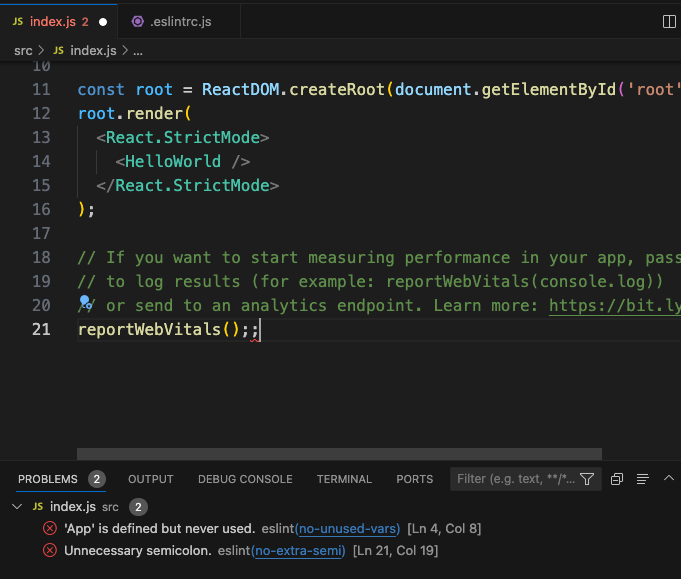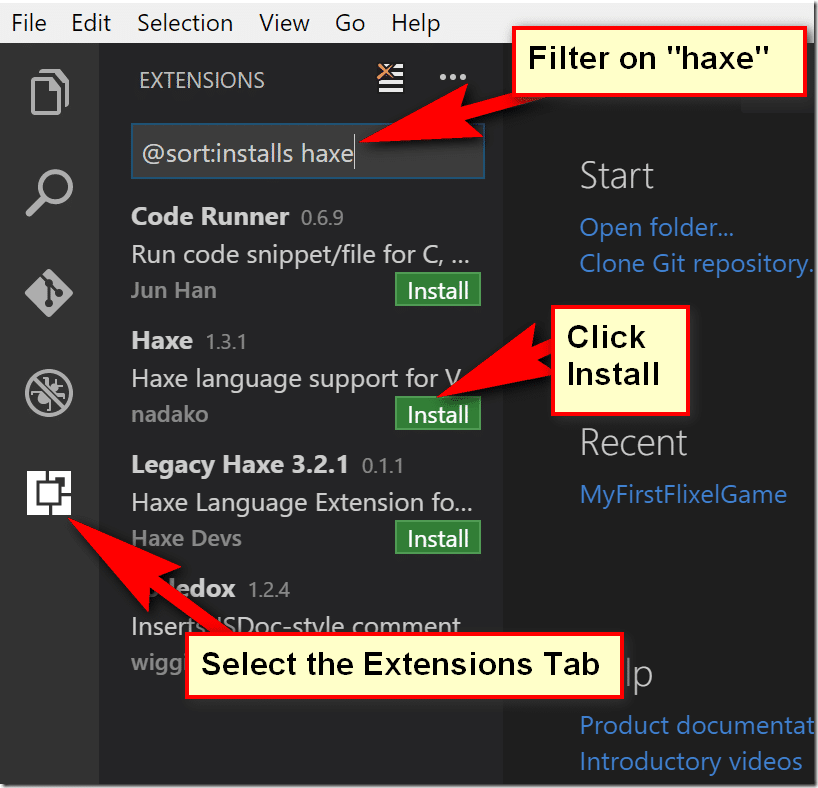
For those hoping to avoid surprises, there’s the Stable release channel and, for those of us who enjoy tinkering on the bleeding edge, there’s the Insiders release channel.
#Which language is used to build visual studio code editor code
If you’ve been following VS Code closely, then you’re aware of a couple disparate download channels which are available. Setting File Language Expectations within VS Code Luckily, VS Code offers bountiful flexibility in associating such file names with a language mode. Is the file’s content expectation JSON, YAML, INI, or some other format? Help me!!! This is where a good editor can lend a hand. Whether you’re a JavaScript rookie or a 10-year veteran who slings JavaScript code 50 hours a week, this is intimidating. Its convention for configuration is to use a JSON-based file named. Let’s look to the Babel transpiler as one of the more distinguished examples. Along with this tooling sprouts the need for new JavaScript “dot files” to satisfy tooling configuration. If you aren’t keeping up with the small, incremental changes, it feels more like weathering a treacherous downpour of foreign concepts and tooling. New Node.js-based tooling emerges in a drizzle-like fashion.


What’s the extended forecast for the JavaScript community this week, you ask? Confusing with a 90% chance of inexorable tooling showers. With the topic of JavaScript fatigue dwelling in the limelight as of late, one might wonder how editors such as Visual Studio (VS) Code are keeping abreast the churn.

Last Updated: No file extension?!? What now?


 0 kommentar(er)
0 kommentar(er)
